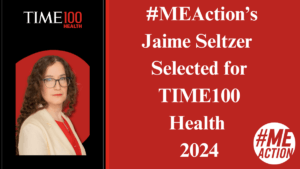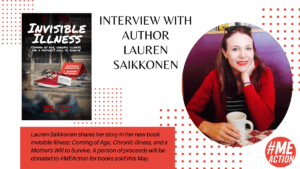Most of Australia’s medical research funding for ME and CFS comes from the Mason Foundation, who are currently looking at whether they will fund a biobank or a patient registry for Myalgic Encephalomyelitis and/or chronic fatigue syndrome samples. Recently the Mason Foundation updated stakeholders on the decision-making process.
This is important because if a biobank goes ahead it will mean less money is directed to research projects since the Mason Foundation funds a set amount of money for ME and CFS each year. A biobank or patient registry may make it easier for researchers, even though Australian researchers say it is isn’t difficult to find patients to sample and it is much harder to find matching healthy control subjects.
Peter Schofield, Mason Foundation National Medical Advisory Panel, said that the Mason Foundation is aiming for high quality research that has an impact. He recognises that the Mason Foundation is one of the only bodies funding ME and CFS research.
The Mason Foundation would like to encourage more researchers to look into the illness and they would like to see other other funding bodies contribute to the field.
The Mason Foundation has consulted (via the Nous consulting group) stakeholders over the past year. They consulted with 60 researchers, including 25 who have never worked on ME or CFS.
“Stakeholders and biobank experts generally agree that it is feasible to establish a biobank and/or patient database in Australia and that these options had potential to advance ME/CFS research and could attract new researchers to the field. However, in a 2017 workshop, stakeholders and biobank experts confirmed that further work was required to see whether there would be sufficient market demand for a sustainable ME/CFS biobank in Australia,” Mason Foundation draft recommendations.
In last week’s meeting, a stakeholder who is on the NHMRC advisory committee said that the NHMRC are also looking at funding a biobank and asked the Mason Foundation to consult with the NHMRC.
The consumer representatives’ main concerns are about the standardisation of the samples, questioning which criteria patients’ samples must meet.
Researchers and consumer representatives raised questions about the details, for example, where would a biobank be located; how would samples be distributed; what outcomes would be expected (as a small scale biobank would focus on one question); and how much would it cost to access samples.
The Mason Foundation said if a biobank or patient registry were to go ahead, a tender process would be run. Access to a biobank or registry would be on a cost recovery basis.
Generally, all the stakeholders agreed that the value proposition must be carefully examined, meaning the Mason Foundation must assess whether this was value for money.
The viable options in the consultants’ draft recommendations were for:
1. A patient database, as the most viable option.
2. Small scale biobank focussed on a single question.
A medium scale biobank would cost signficantly more than the benefits over 10 years, so this option was deemed unviable in Australia at this stage.
The draft report for the Mason Foundation recommends:
- 60-80 per cent of funds for an open grants program per year
- 10-20 per cent for a targeted project grant for a biobank per year
- 10-20 per cent to establish and operate a patient database
For the current grants program, the number one draft recommendation is: ‘Funding a smaller number of larger research grants over a longer time period with a focus on highly reputable and promising researchers.’
About the Mason Foundation:
The Judith Jane Mason & Harold Stannett Williams Memorial Foundation was established 2003 with a donation from Judith Jane Mason. The Foundation also funds research into Alzheimers disease. It is administered by Equity Trustees.
The Mason Foundation funds and has funded valuable and groundbreaking working at Griffith, Melbourne and The Australian National Universities (amongst others), for example a potential biomarker.
It has also recently funded graded exercise and cognitive behavioural therapy (GET/CBT) training by Prof Lloyd at UNSW and increasing activity via video gaming (xBox) trial at the University of South Australia.
From MEAustralia.net.





